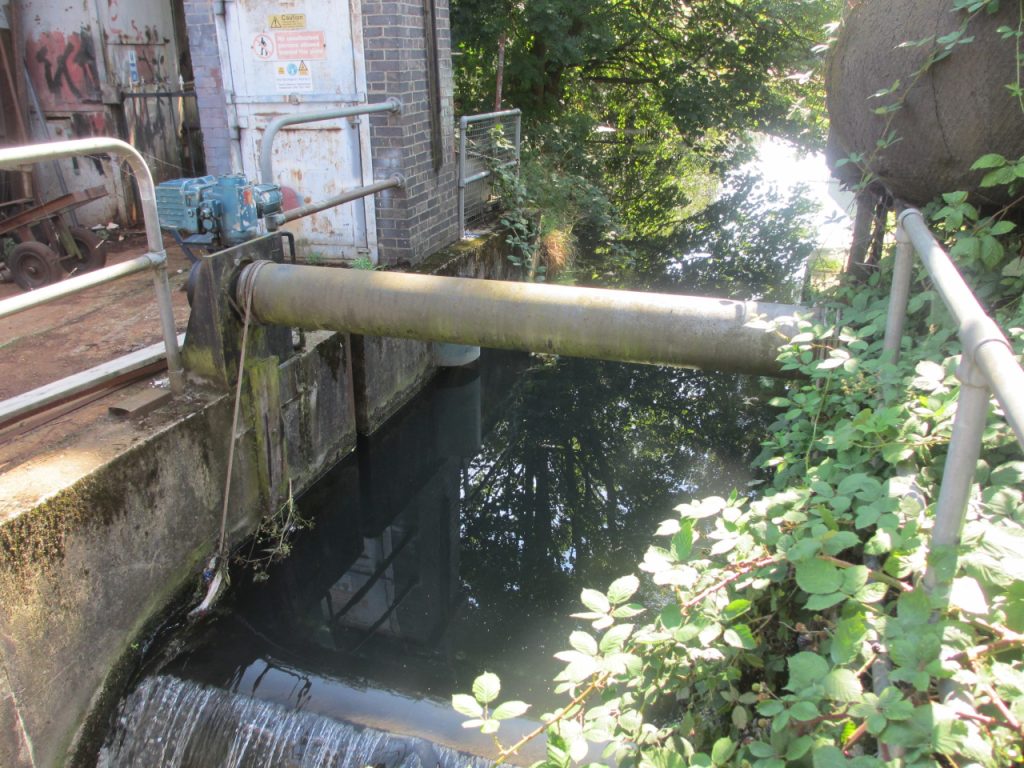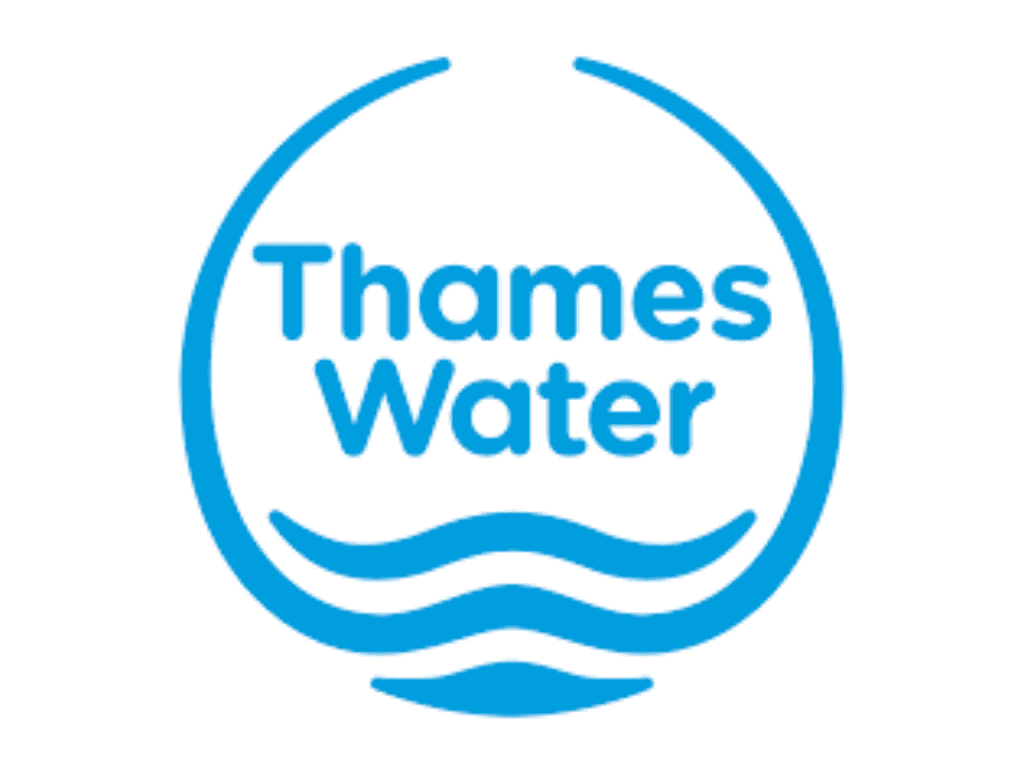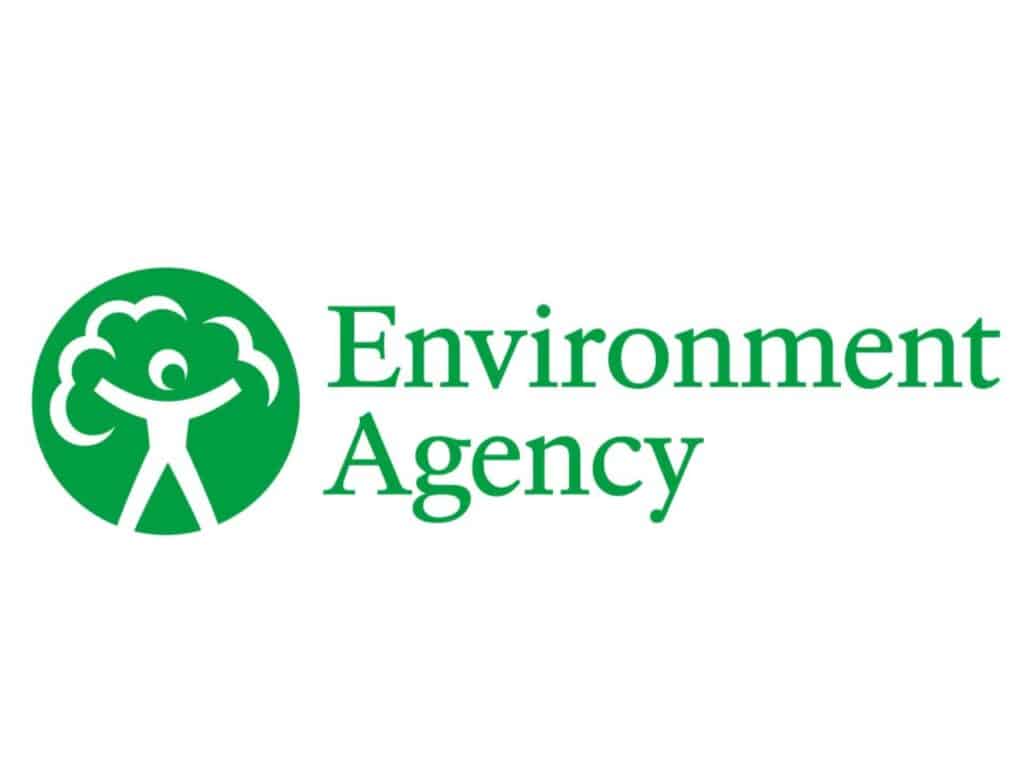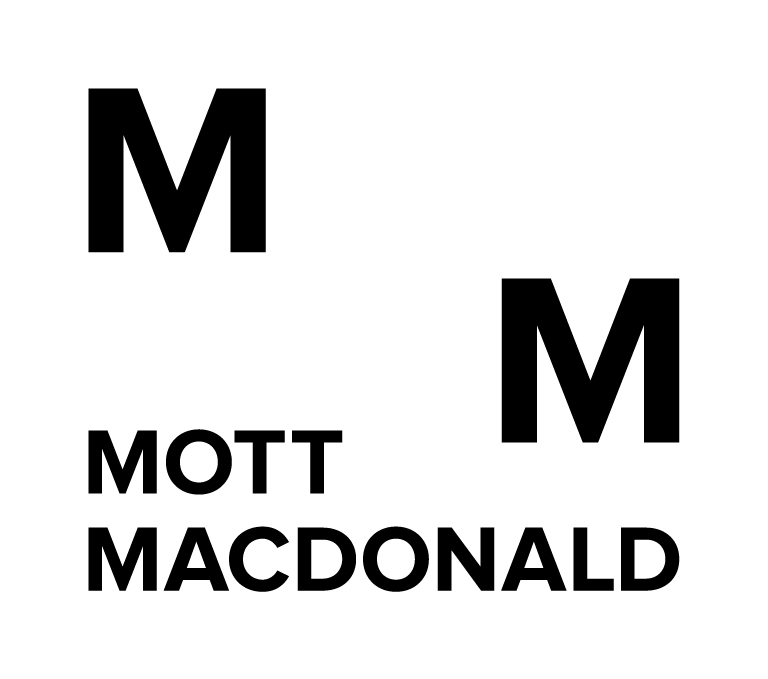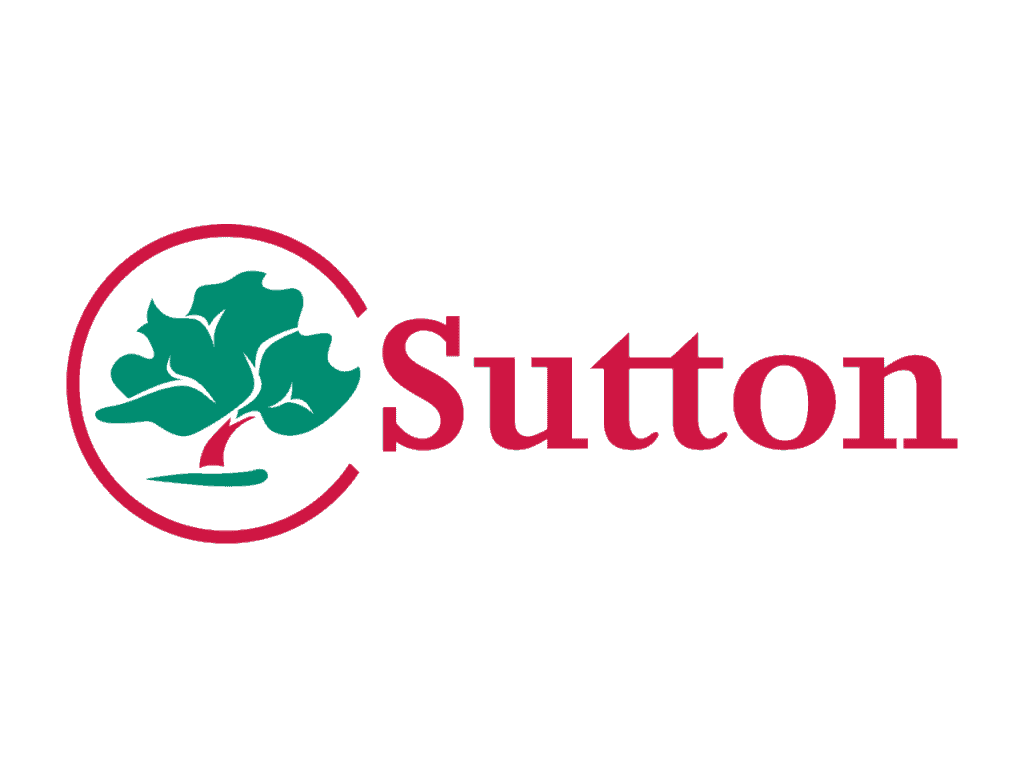Lowering a 1.6 metre weir at Goat Bridge will bring together disconnected sections of the River Wandle at Mitcham. The weir currently means that a variety of aquatic wildlife such as fish and insects cannot reach a variety of habitat to complete their life cycles. This structure weir impounds (restricts) about 500 metres of river, creating water conditions more akin to a lake than a river and leaving wildlife unable to reach a variety of habitats crucial to their survival.
Adapting the weir at this section of the River Wandle is at the heart of a project between Thames Water, the South East Rivers Trust, the Environment Agency, landowners Sutton Council and designers Mott MacDonald. The work will be carried out by 5Rivers.

